A Vaccine Is Like a Memory: Interview and Cover Reveal with None Other Than Rajani LaRocca
You know an interview has to be pretty darn good if it comes in the middle of my 31 Days, 31 Lists series. But when I read the latest coming out from Newbery Honor winner Rajani LaRocca, I just knew I couldn’t wait another minute to talk to her about it. If you know Rajani, then you know that in her spare time she’s a (checks notes) internal medicine physician. Who better, then, to talk to kids about vaccines? And with a tridemic surging, the time could literally not be better . . .
Betsy Bird: Rajani! So lovely to talk to you again and hear about your latest book. It would seem obvious that in an era of general misinformation (such as we’re living in right now) books about vaccines and how they work are imperative. What was your impetus for writing VACCINE IS LIKE A MEMORY in the first place? And what do you hope it might do?
ADVERTISEMENT
ADVERTISEMENT
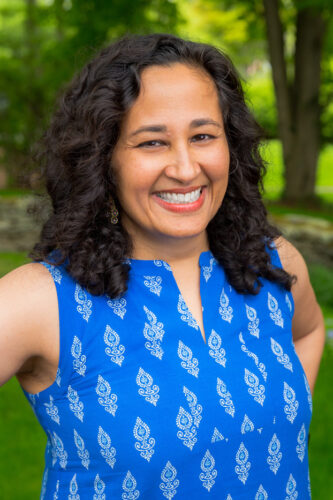
Rajani LaRocca: Hi Betsy! It’s so great to talk to you again!
I first drafted this picture book on January 4, 2021—two days after I received my first COVID-19 vaccination. After a devastating 2020, I was so grateful that vaccines had been rolled out so quickly, and that they provided us with hope that we’d be able to prevent further serious illness and death. As a doctor, I’ve always been pro-vaccination, because vaccines are arguably the most significant medical achievement ever. But the pandemic demonstrated how devastating a disease can be when we have no immunity to it and no vaccines against it. But most of us today (including those of us in the medical profession in the US!) have never seen the diseases that vaccines prevent.
In that context, I became curious about the history of vaccines and decided to do some research and present this history and the science of vaccines in a way that was accessible to children. I wanted to explain in an approachable way the history of vaccines, how they work, and why they’re important.
BB: You yourself have been a primary care physician since 2001. How have your interactions with young patients influenced the way in which you wrote the book? What do you feel your work experience gives to you in particular?
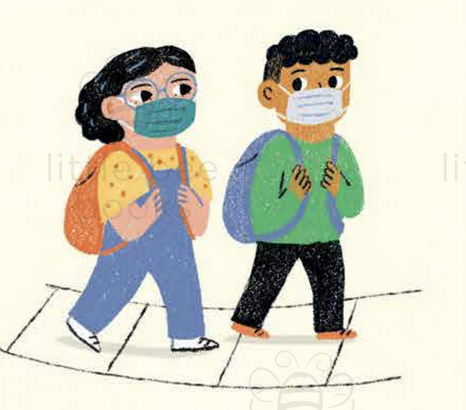
RL: I’m a primary care physician for adults only, but I still administer plenty of vaccines: influenza, pneumonia, tetanus, Hepatitis B, HPV, COVID-19, and more. It is difficult to prove on an individual basis that a vaccine has prevented disease, but it’s clear on a population basis that vaccines help keep people healthy.
Because I work in a community health center, I have a particular viewpoint on vaccines: they’re not only important for individuals, but also for communities. Getting vaccines helps us protect ourselves and other people.
BB: One thing that I’ve noticed and appreciated mightily in some of the more recent informational picture books I’ve seen is a more thoughtful attitude towards broadening history (whether or not it’s medical) to include perspectives that aren’t solely white and Euro-centric. For example, in your discussion of smallpox vaccines this is the first book I’ve seen to give some additional time and space to the fact that inoculations were performed in China and India 200 years before they were done in conjunction with smallpox in England or America. How important was it to you to include this (as well as Onesimus who was inoculated in West Africa) in your narrative?
RL: I’ve been thinking a lot about history and how what we are taught depends upon who is telling the story. I was raised and educated in the United States—and that includes my medical education—so what I learned in terms of societal and medical history was focused on Europe and the U.S. But as I researched this book and others, I was reminded that ancient civilizations in China and India knew a lot about math and science, and many western “discoveries” were actually rediscoveries of concepts already known in ancient Asia.
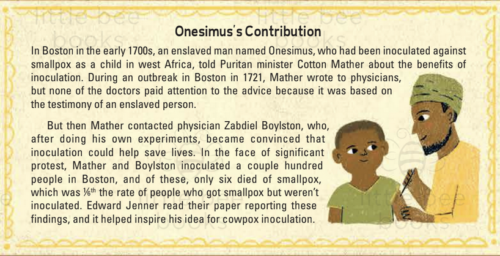
The story of the enslaved person Onesimus and his contribution to the history of vaccines is significant not only because he had already been inoculated against smallpox in West Africa at a time when inoculation was not common in the west. Most doctors discounted his story because he was an enslaved person. Telling Onesimus’s story can help us reflect on what ideas we might reject today, consciously or subconsciously, due to our own biases.
BB: “Herd immunity” was a concept that got much maligned during the height of the COVID pandemic. You take special care to mention it in your book. Was that always the plan from the start? Why do you feel it was important to mention?
RL: I wanted to clarify what “herd immunity” actually means. It does not mean that everyone in a population has gotten a disease. Instead, it refers to the state when the rate of immunity from vaccination is high enough that the entire population is protected against a disease. This concept is important, because high vaccination rates can protect the health of those too young to be vaccinated as well as those with immune problems in whom vaccination may not be protective enough.
But once vaccination rates drop below a particular level, the entire population becomes at risk again.
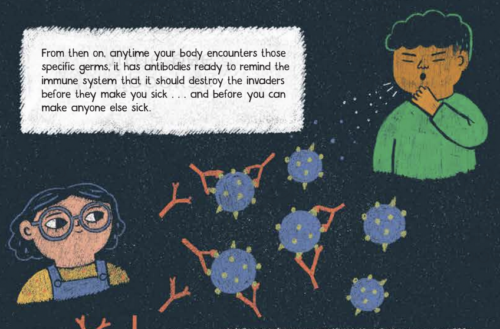
BB: Were you aware at all of the art of Kathleen Marcotte before she illustrated your book? What do you feel she brings to it?
ADVERTISEMENT
ADVERTISEMENT
RL: I wasn’t familiar with Kathleen’s work before we considered her for this book. But as soon as I saw Kathleen’s art, I was immediately charmed. Her illustrations are approachable and sweet, but they also take a topic that is complex and potentially scary and makes it both easy to understand and reassuring. I love the way the main character explains immunity and bvaccination via a chalkboard, and I especially love the little dog and his expressions.
BB: Finally, do you have any intention of making any future books that tackle science so beautifully in this way, or was this a one-off for you?
RL: Oh, thank you so much for your kind words!
I have another nonfiction medical book coming soon: YOUR ONE AND ONLY HEART describes the contrasting characteristics of the human heart in poetry. Gorgeously illustrated by debut illustrator Lauren Paige Conrad, it will release from Dial Books for Young Readers on August 15, 2023!
My first science nonfiction picture book, THE SECRET CODE INSIDE YOU: ALL ABOUT YOUR DNA, released in September 2021. It’s been a big hit with kids and parents alike.
I’ve always loved science and I’ve always found biology, and especially the workings of the human body beautiful, inspiring, and poetic. I have many, many more ideas for medical-themed picture books, and I hope to keep writing and publishing them!
And now, the moment you’ve all be waiting for . . . the cover!
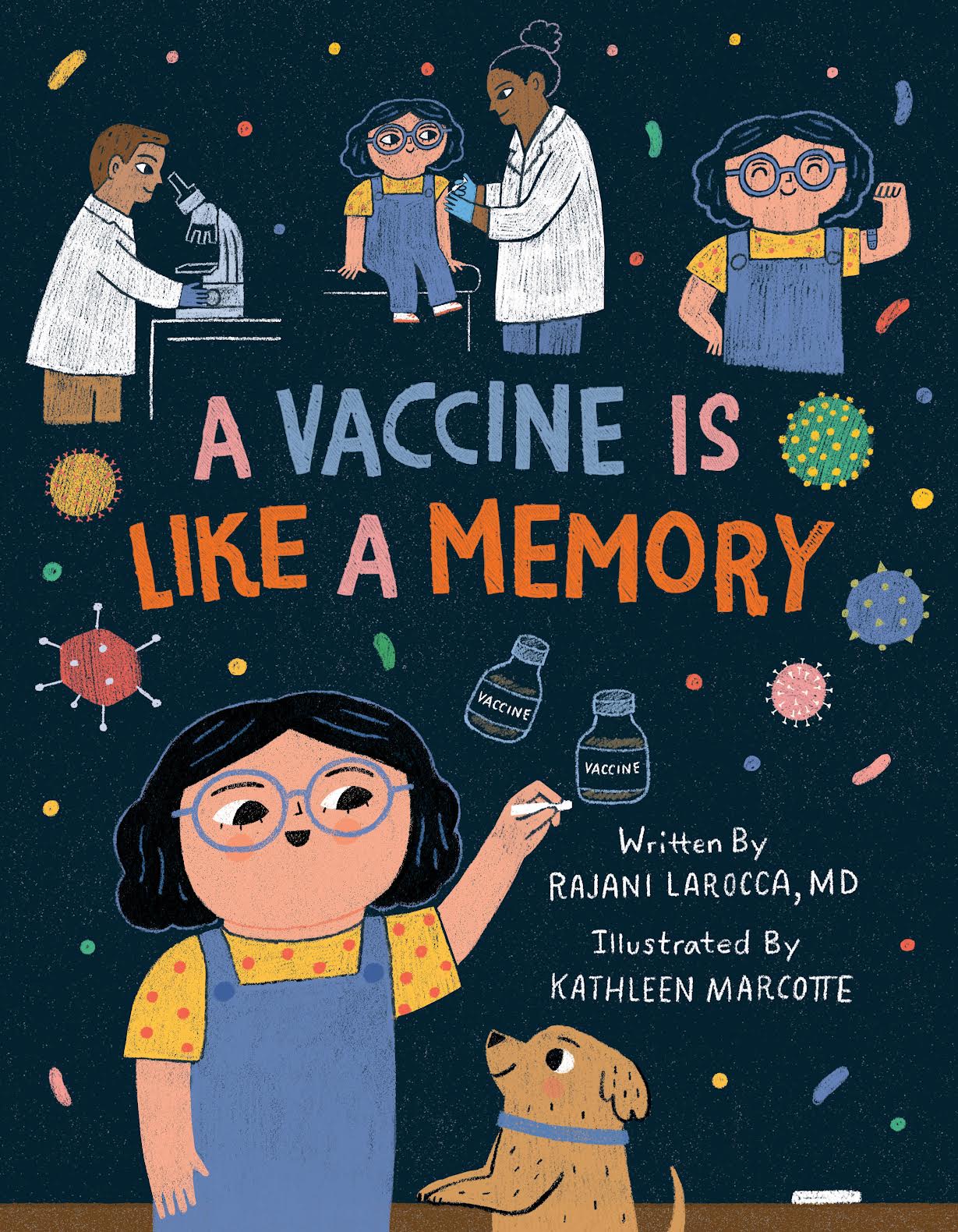
Thanks once again to Rajani for so carefully answering my questions today. Thanks too to Paul Crichton and the folks at Little Bee Books for setting up this interview and reveal in the first place. A VACCINE IS LIKE A MEMORY is out June 20th. Look for it then!
Filed under: Cover Reveal, Interviews
About Betsy Bird
Betsy Bird is currently the Collection Development Manager of the Evanston Public Library system and a former Materials Specialist for New York Public Library. She has served on Newbery, written for Horn Book, and has done other lovely little things that she'd love to tell you about but that she's sure you'd find more interesting to hear of in person. Her opinions are her own and do not reflect those of EPL, SLJ, or any of the other acronyms you might be able to name. Follow her on Twitter: @fuseeight.
ADVERTISEMENT
ADVERTISEMENT
SLJ Blog Network
Name That LEGO Book Cover! (#53)
K is in Trouble | Review
Fighting Public School Book Bans with the Civil Rights Act
Take Five: Middle Grade Anthologies and Short Story Collections
ADVERTISEMENT

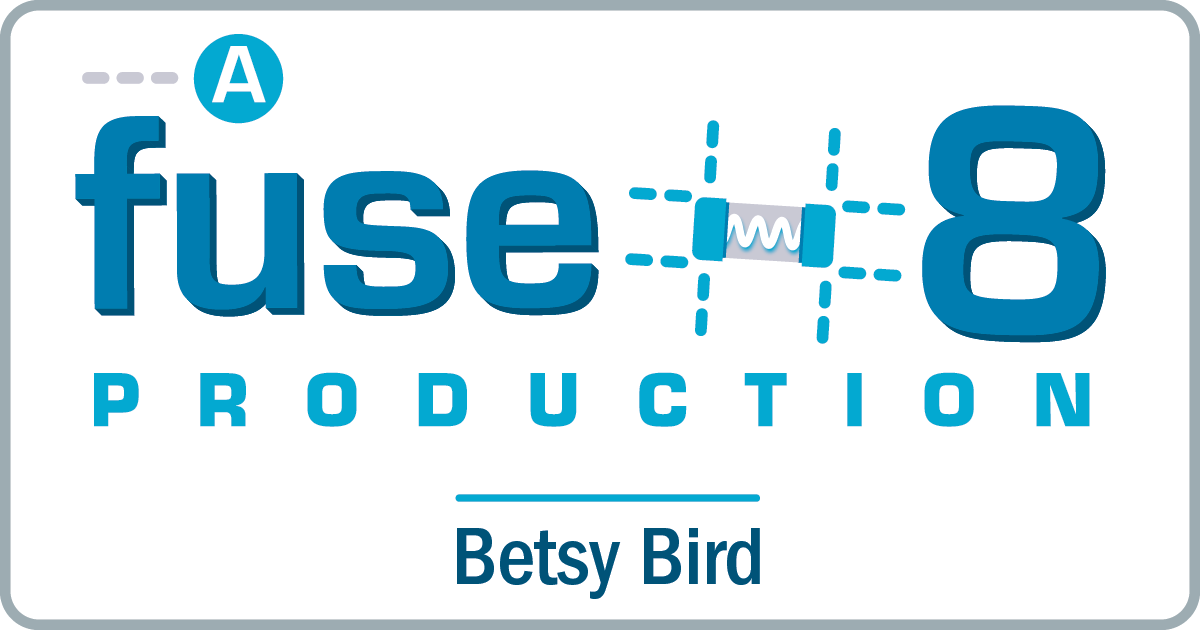

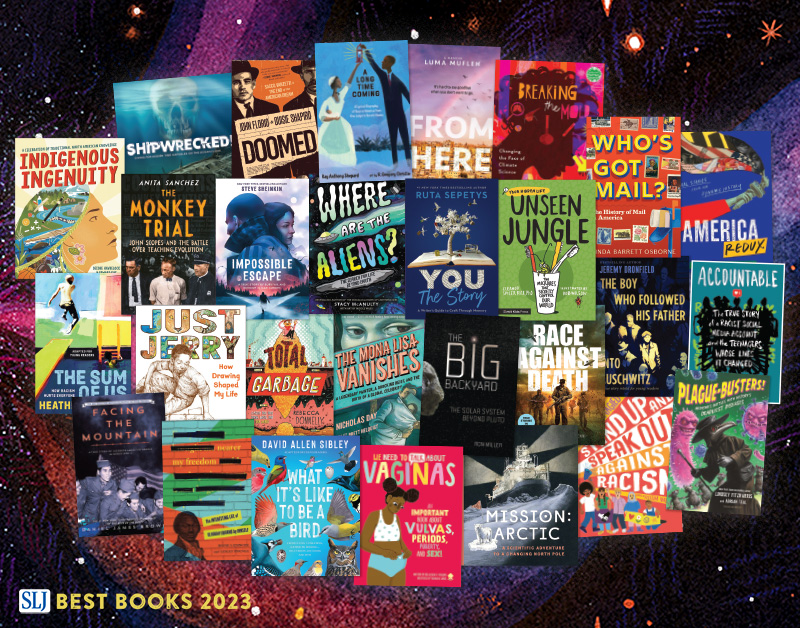
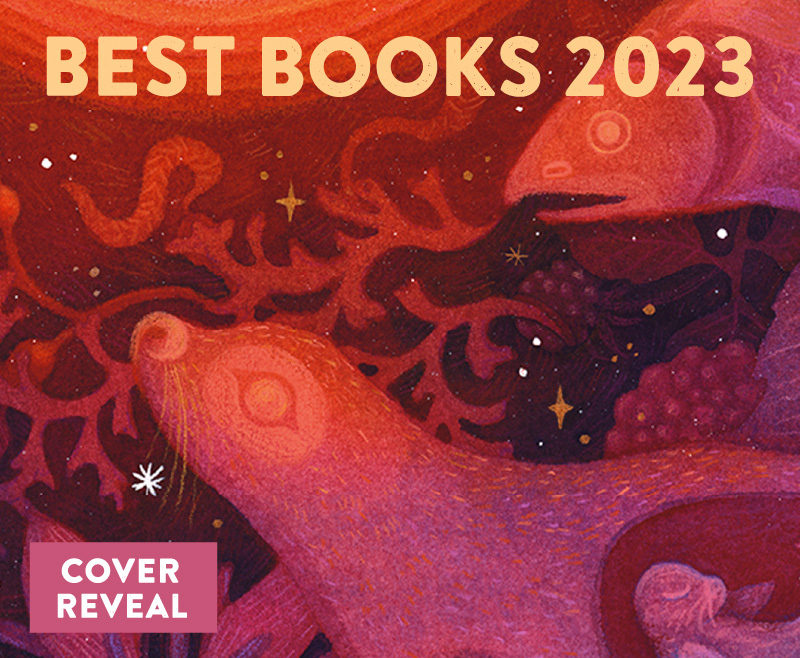
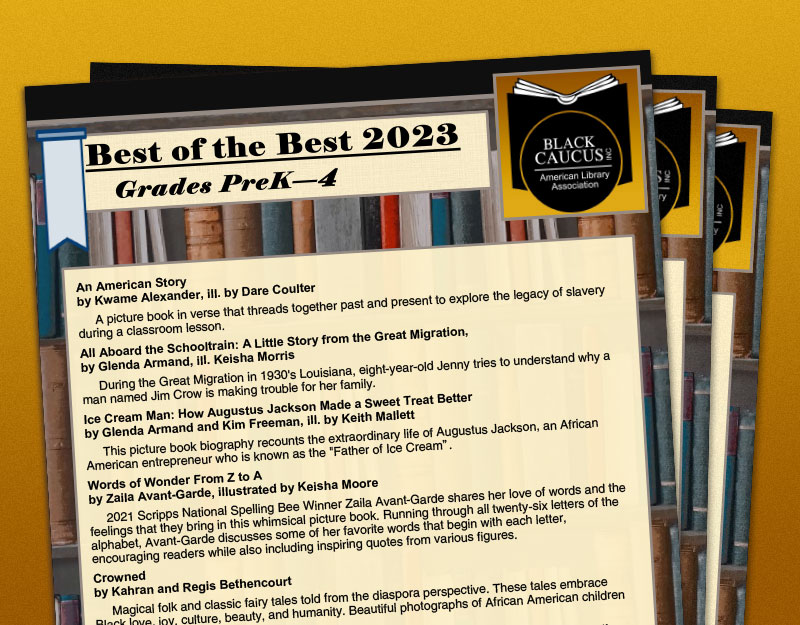


I love this interview! I love Rajani’s books, both nonfiction and fiction, and am so excited for this new picture book!
I just looked up Dr. LaRocca’s other books and my goodness she is prolific! Impressive. Her medical books in particular look great.